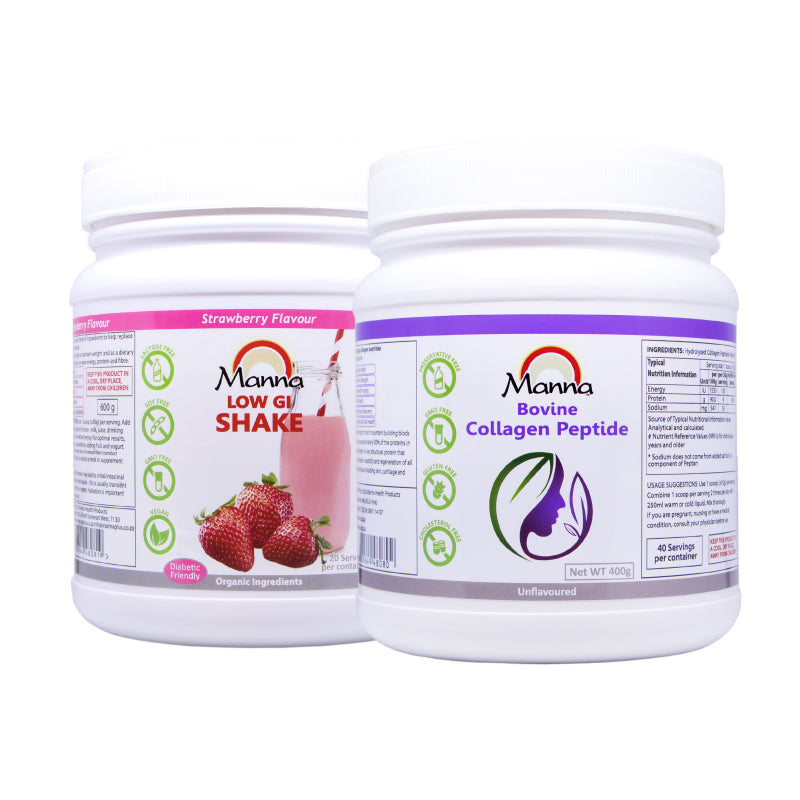When it comes to sustainable weight management, understanding the Glycemic Index (GI) of foods can make all the difference. Many people struggle with weight gain or find it challenging to shed unwanted kilograms, not realizing that the GI of the foods they consume plays a critical role in these issues. Let’s explore how GI impacts weight management and how Manna Health Products can help you achieve your weight goals.
What is the Glycemic Index (GI)?
The Glycemic Index measures how quickly a carbohydrate-containing food raises your blood sugar levels after consumption. Foods with a high GI are broken down rapidly, causing sharp spikes in blood sugar and insulin levels. On the other hand, low-GI foods are digested more slowly, providing a steady energy release and helping you feel fuller for longer.
How Does GI Contribute to Weight Gain or Difficulty Losing Weight?
Frequent Blood Sugar Spikes: Consuming high-GI foods can lead to a rollercoaster effect of blood sugar levels. These frequent spikes and crashes may cause you to feel hungry sooner, leading to overeating.
Increased Fat Storage: High-GI foods trigger higher insulin production. Since insulin is the body’s fat-storage hormone, these foods encourage the storage of excess calories as fat.
Cravings and Overeating: The rapid drop in blood sugar after consuming high-GI foods often results in sugar cravings, which can derail your weight loss efforts.
Key Insights for GI Management
Focus on Low-GI Foods: Incorporate foods like whole grains, legumes, vegetables, and healthy fats into your diet.
Portion Control: Even low-GI foods should be consumed in appropriate portions.
Balance Your Meals: Pair carbohydrates with proteins and healthy fats to lower the overall GI of your meal.


































